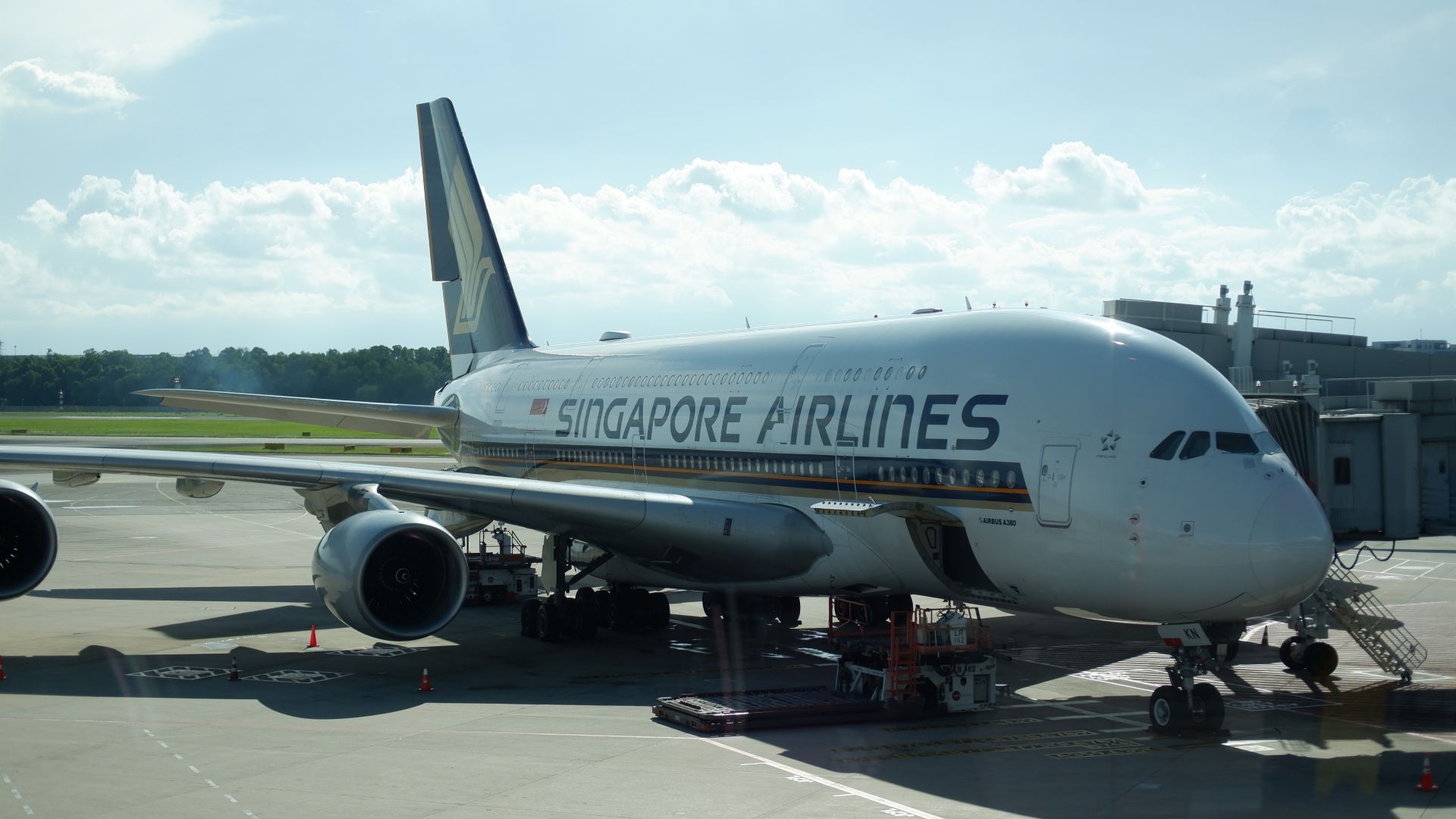World
Exploring the Airbus A380: The Pinnacle of Passenger Aircraft

The Airbus A380, launched in March 2005, marked a significant evolution in long-haul air travel as the world’s first full-length double-deck passenger aircraft. Designed to accommodate more passengers comfortably than any previous airliner, the A380 captured global attention with its impressive size and technical innovation. In a time when aviation increasingly focused on efficiency and capacity, Airbus aimed to redefine the travel experience through the A380, promising airlines and passengers alike a new era of air travel.
Overview of the Airbus A380-800
Standing at 239 feet (72.72 meters) long with a wingspan of 262 feet (79.75 meters), the A380 surpasses the Boeing 747-400, which had long dominated the long-haul market since the 1970s. The aircraft can be configured to hold over 500 seats in typical layouts, with a maximum capacity of around 850 in an all-economy setup. Airbus envisioned the A380 as a solution to growing congestion at major airports, such as London Heathrow, where limited slots necessitated maximizing passenger capacity per flight. This strategy targeted high-density routes, particularly between Europe and Asia and across the transpacific corridors.
Despite the ambitious goals for the program, the A380 has faced challenges in the market. While the project was not as commercially successful as Airbus anticipated, several airlines have achieved notable success with the aircraft. Emirates has become the most prominent operator, while British Airways has also effectively utilized the A380, even considering the acquisition of used models. Qantas plans to operate the A380 until the 2030s, and several airlines have resumed A380 operations following the COVID-19 pandemic.
Innovative Cockpit Design
Airbus dedicated significant attention to the cockpit of the A380, aiming to enhance pilot experience alongside passenger comfort. The flight deck integrates decades of Airbus design philosophy, focusing on commonality and innovation. Pilots transitioning from other Airbus aircraft will find familiar controls, including side-sticks and overhead panels. However, the A380 introduces larger displays and advanced tools to support its operations.
The A380’s cockpit features ten large displays, including two dedicated to the “Onboard Information System” (OIS), functioning as an integrated Electronic Flight Bag (EFB). The software overhaul and introduction of new cursor controls, along with an integrated keyboard, enhance operational efficiency. Airbus also built upon its earlier designs, ensuring that many elements from the A380 cockpit were carried over to the Airbus A350.
Spacious Interior and Unique Amenities
The A380 boasts the widest cabin of any airliner, measuring 21 feet 7 inches (6.58 meters). While some critics may view this as an opportunity to overcrowd passengers, the economy class on the A380 is notably spacious. Its interior incorporates advanced insulation, resulting in lower noise levels and a cabin altitude set to approximately 6,000 feet, making it one of the least physically taxing aircraft for long-haul flights.
The upper deck of the A380 provides airlines with flexibility in cabin configurations. Business class often occupies this space, while some carriers, such as British Airways, have opted to install business class on both decks. Emirates, for example, configures most of its A380s with 76 business class seats on the upper deck, allowing for an efficient use of space.
Airlines have also taken creative liberties with the A380’s design. Emirates has gained recognition for its luxurious upper-deck lounge and bar, a feature that allows premium passengers to socialize and relax during flights. Other carriers, including Qatar Airways and Etihad Airways, have followed suit, incorporating lounges and relaxation zones into their A380 setups.
While the A380 offers remarkable passenger amenities, its cargo capacity has been a point of contention. Although the aircraft is sizeable, its cargo hold is smaller compared to other long-range aircraft due to the need to accommodate two passenger decks. This limitation has affected airlines’ ability to maximize cargo revenue on certain routes, particularly in cities like Hong Kong that rely heavily on air freight.
Ultimately, the Airbus A380 remains a distinctive symbol of innovation in commercial aviation. With its unprecedented passenger capacity and luxurious amenities, it has set a benchmark for future aircraft designs. Despite its commercial struggles, the A380 continues to play a significant role in the fleets of several major airlines, proving that the quest for comfort and capacity in air travel remains relevant today.
-

 Top Stories3 months ago
Top Stories3 months agoTributes Surge for 9-Year-Old Leon Briody After Cancer Battle
-

 Entertainment4 months ago
Entertainment4 months agoAimee Osbourne Joins Family for Emotional Tribute to Ozzy
-

 Politics4 months ago
Politics4 months agoDanny Healy-Rae Considers Complaint After Altercation with Garda
-

 Top Stories4 months ago
Top Stories4 months agoIreland Enjoys Summer Heat as Hurricane Erin Approaches Atlantic
-

 World5 months ago
World5 months agoHawaii Commemorates 80 Years Since Hiroshima Bombing with Ceremony
-

 Top Stories3 months ago
Top Stories3 months agoNewcastle West Woman Patricia Foley Found Safe After Urgent Search
-

 Top Stories5 months ago
Top Stories5 months agoFianna Fáil TDs Urgently Consider Maire Geoghegan-Quinn for Presidency
-

 World5 months ago
World5 months agoCouple Convicted of Murdering Two-Year-Old Grandson in Wales
-

 World5 months ago
World5 months agoGaza Aid Distribution Tragedy: 20 Killed Amid Ongoing Violence
-

 World5 months ago
World5 months agoAristocrat Constance Marten and Partner Convicted of Infant Murder
-

 Top Stories4 months ago
Top Stories4 months agoClimbing Errigal: A Must-Do Summer Adventure in Donegal
-

 Top Stories4 months ago
Top Stories4 months agoHike Donegal’s Errigal Mountain NOW for Unforgettable Summer Views









